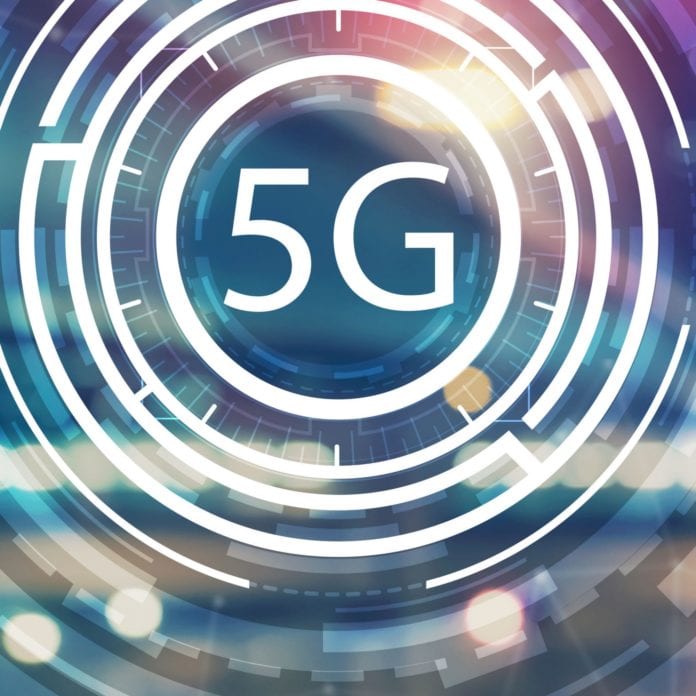Much of the hype around 5G stems from the consumer market. We talk about unprecedented speeds and nearly unlimited capacity, making us pine for the day when Netflix no longer buffers when on the train. But that’s just one side of the 5G future. The other (and perhaps even more transformative) side of 5G is what it can do for heavy industry.
The connectivity delivered by 3G and 4G has been ideal for everyday iPhone use, but it’s rather limited when it comes to vertical industries, such as manufacturing, power and utilities or healthcare. These previous generation technologies offer limited flexibility and are unable to address the specific communication or data needs of a particular industry.
5G, on the other hand, offers more capacity, less lag time and the ability to support a large number of sensors. On top of this, vertical industries will benefit from 5G network slicing, which is the ability to create an end-to-end, secured, customized network for a particular use case.
By creating a network slice for an industrial company, we see several scenarios come into play. Industrial data platforms are already able to leverage multiple sensors monitoring equipment, and maintenance can be predicted and performed based on past and present sensor data. 5G ensures these activities are performed faster, without lags and spatially much more accurately. Cameras will be able to do surveillance on an industrial plant area and run various analyses on video feeds in order to operate that precise area safely and more efficiently. A 5G network slice would also enable seamless communication between machines, people and objects in a mining area, for example.
These scenarios are more than just 5G visions. They are already happening in practice. Telenor currently collaborates with industrial player Yara Birkeland on 5G use cases for autonomous vehicles, including control communications via 5G for port logistics and an autonomous electric ship capable of transmitting HD video from multiple cameras in real-time to maintain communications and control of the ship. Cognite and its customers are scaling up the use of drone swarms, remote inspections performed by robots, and sophisticated data ingestion for better and faster decision making. All of these activities will thrive on a 5G network.
When we look at how 5G will impact the future of industry, we see it as part of a trifecta. It’s the combination of 5G, artificial intelligence (AI) and the Internet of Things (IoT) that will truly bring ‘intelligent connectivity’ to life. We will rely on 5G technology to support IoT at scale, as it can connect 1,000 times more things than 4G. According to a recent McKinsey report on “The 5G era” we can expect sales of around 22 million 5G IoT units in 2030, with most of these applications related to manufacturing.
The predicted high volumes of connected objects within the current decade will add complexity and generate increased amounts of data traffic being sent back and forth, requiring intelligent processing to handle it. This is where a smart data platform and AI can add value to 5G. IoT deployments at scale will create massive datasets, spawning new intelligent applications using machine learning and other AI techniques. This will enable us to turn raw data into insights and intelligence, when collected and shared properly, thus strengthening the IoT propositions and stimulating its uptake across society.
To succeed with 5G in heavy industry, partnerships and continued work on standardization is essential. We require a combination of industry domain experts, telco providers and technology specialists to design fit-for-purpose 5G solutions. We see steady progress across industry, with demand slowly growing as more use cases are realized and industry actors are working together on industrial 5G (5G-ACIA).
In 2022, McKinsey predicts that 5G IoT modules will generate a revenue of around $180 million. By 2030, this figure is expected to skyrocket to USD 10 billion. By this time 5G IoT will be the industry standard, moving out beyond isolated use cases, pilot projects and test beds, and into the industrial mainstream.

